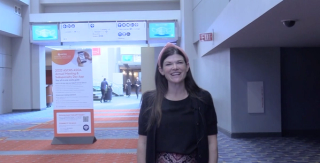
Refractive
Latest News

Latest Videos

CME Content
More News
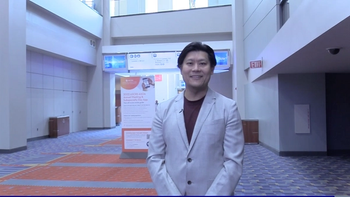
Edward Hu, MD, PhD, looked at 812 toric IOLs utilized of various platforms, concluding a low total toric rotation rate at 2.1%.
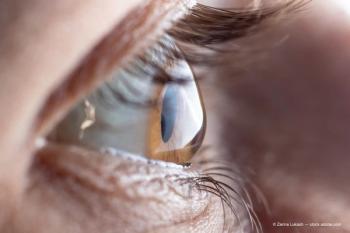
The study assesses and compares the accuracy of IOL formulas using keratometry (K) and total keratometry (TK) values obtained by a swept-source OCT biometer (IOL Master 700) in eyes with previous PKP prior to cataract surgery.

In a presentation at the American Society of Cataract and Refractive Surgery’s 2022 annual meeting, Marjan Farid, MD, ABO, and Preeya K. Gupta, MD, offered details of clinical trials for CSF-1 ophthalmic solution, a presbyopia eye drop candidate. Results showed that nearly half of the participants treated with CSF-1 achieved a 3-line or more increase in the distance-corrected near visual acuity an hour after drop instillation on day 15.

This advancement reinforces Alcon’s commitment to surgeon training and education, as part of the Alcon Experience Academy. The new device will be introduced at the upcoming ASCRS meeting and surgeons will be able to experience the new technology firsthand.

Three prestigious lectures are featured, including Ehud Assia, MD, from Israel who gave the ESCRS Binkhorst Lecture; Richard Packard, MD, from England who gave the Choyce Lecture to the UKISCRS; and Michael Snyder, of the Cincinnati Eye Institute in Cincinnati, Ohio, USA, who delivered the Kelman Lecture at the 2021 American Academy of Ophthalmology meeting.
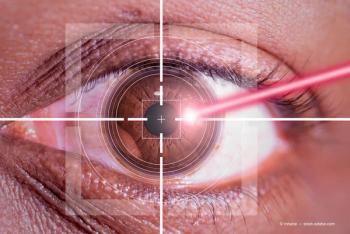
Mark Packer, MD, shares his perspective on the relationship between ICL implantation or LASIK and retinal detachment.
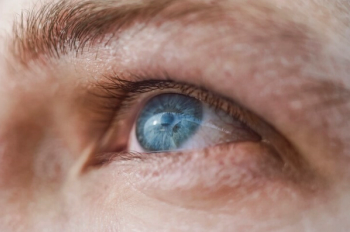
"Tell Me Your Secrets" is the theme of the virtual April 2 event, which is expected to build on the foundation established during the first program held last fall.
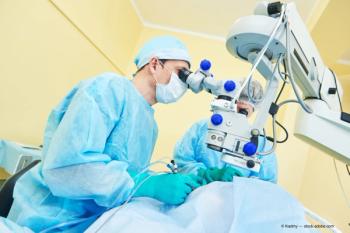
Physicians find the Vivity lens offers their patients reduced glare, halos and increased spectacle independence.

Proper measurement of the eye is key to predicting lens strength.

Renewed consumer interest in and demand for LASIK, SMILE, and other procedures are among the key drivers for 2021 performance.

According to investigators, patients implanted with diffractive multifocal IOLs had notable declines in the corrected distance visual acuity, distance corrected near VA, and near area of focus with aging
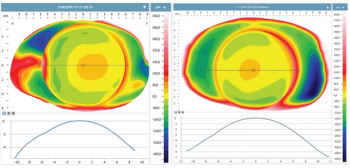
Nasotemporal sagittal height asymmetry a good biomarker of shortsightednes.
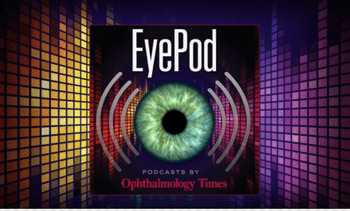
George O. Waring IV, MD, FACS, discusses the latest results from the GEMINI 1 clinical trial (by Allergan, an Abbvie company) of AGN-190584 (pilocarpine 1.25%) ophthalmic solution for the treatment of presbyopia.

Investigators examine usefulness in refractive surgery evaluations.

Early experience with next-generation lens engenders positive perception.
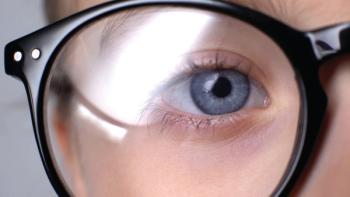
According to Oculus, its Myopia Master saves space and can be mounted on a workstation or an ophthalmic table. The software is operated directly via an inbuilt display.
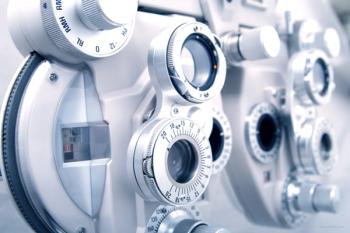
Taking control of a practice’s future with investment, creative thinking
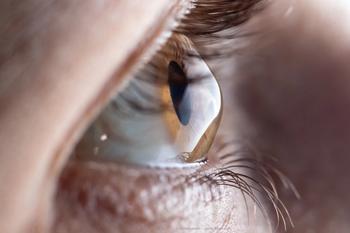
Kathryn M. Hatch, MD, details how collagen CXL is evolving with the goals of reducing complications and actually improving visual acuity.
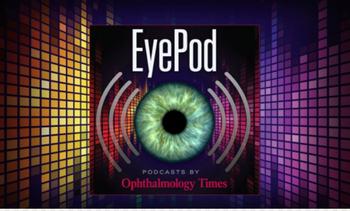
Uday Devgan, MD, FACS, of Devgan Eye Surgery in Los Angeles and Beverly Hills, CA, answers a few key questions his patients have asked when considering cataract surgery.
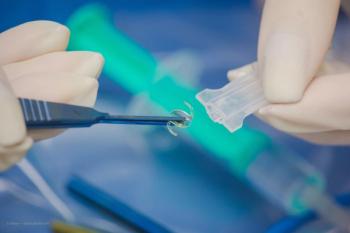
Investigators find little difference between the options.

Lens option can correct for surgically induced astigmatism or an inaccurate position.
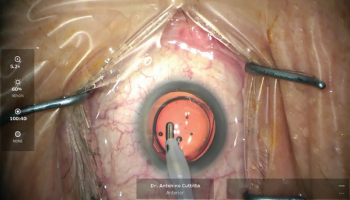
Bi-sign design compensates for aberrations resulting from misalignment.
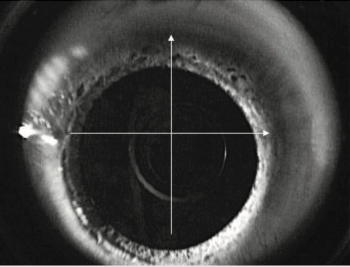
Procedure can improve best-corrected visual acuity, enhancing quality of life for patients.

Therapeutic choices beneficial for patients may be available in 1 to 3 years.

Investigators examine the demographic, refractive, PRO data measure.






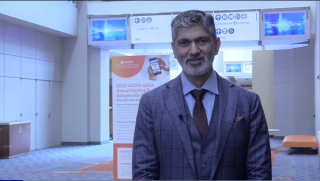
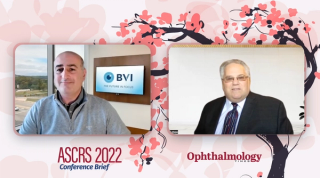

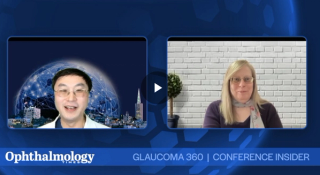

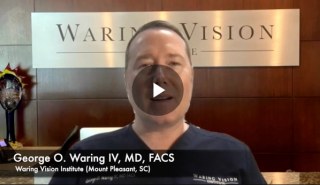

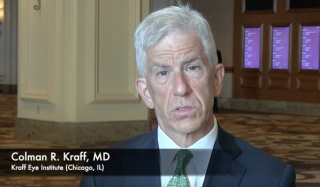









































.png)


